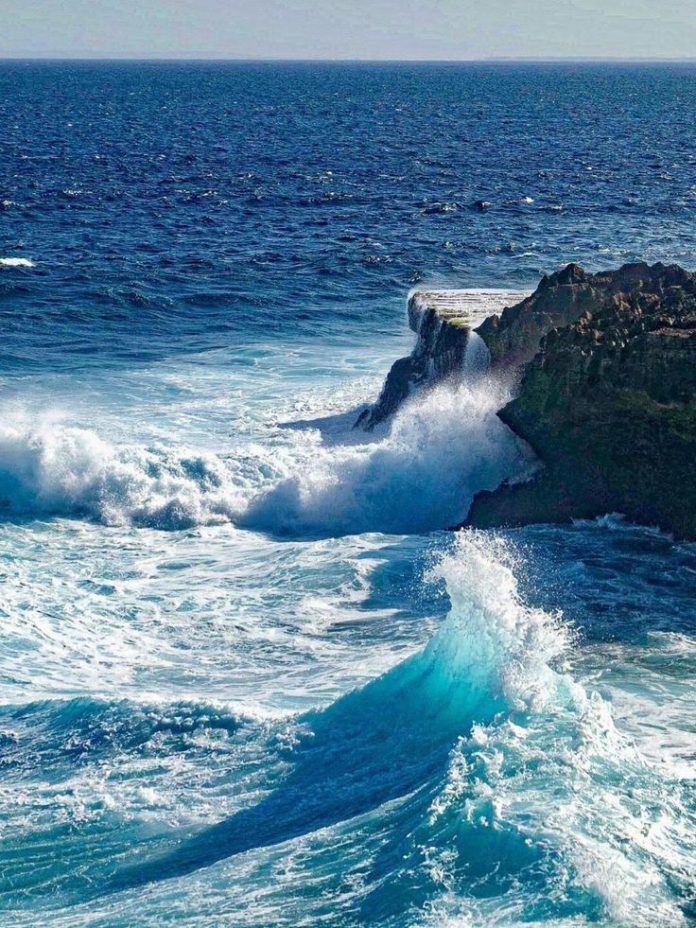A major step forward in international environmental law has been achieved. With 60 ratifications now secured, the Biodiversity Beyond National Jurisdiction (BBNJ) Agreement, better known as the High Seas Treaty, will formally enter into force in early 2026. This is the first legally binding global framework designed to protect biodiversity in areas of the ocean that fall outside national jurisdiction, a vast expanse that covers nearly two-thirds of the world’s seas.
The agreement comes after more than a decade of negotiation under the United Nations Convention on the Law of the Sea (UNCLOS). It updates a 30-year-old framework to meet today’s ecological and geopolitical challenges, and represents a rare moment of global consensus in a time of rising political fragmentation. The treaty enables countries to create large-scale marine protected areas (MPAs) on the high seas and requires environmental impact assessments for human activities in international waters. Both mechanisms are designed to reduce pressures from overexploitation, shipping, deep-sea mining, and pollution while advancing the Kunming-Montreal Global Biodiversity Framework goal of protecting 30% of global oceans by 2030.
Crucially, the treaty embeds principles of fairness and inclusion. Developing countries are not left to shoulder obligations without support: the framework provides for capacity building, marine technology transfer, and an innovative benefit-sharing mechanism that ensures fair access to marine genetic resources. These provisions matter because many Global South nations lack the technical infrastructure and monitoring capacity to enforce ocean governance at scale, yet they are often the most dependent on marine resources for food security and livelihoods.
Read also: Africa50 appoints infrastructure veteran Sérgio Pimenta to mobilize private capital across Africa
The European Union and its member states have played a central role in shepherding the treaty to ratification, leading the “High Ambition Coalition,” which gathered more than 40 nations to push the process forward. The EU has already pledged €40 million through its Global Ocean Program to help countries prepare for implementation and has urged other members of the coalition to match this commitment.
The entry into force has been hailed as a turning point. European Commission President Ursula von der Leyen described it as “a historic step for our planet,” emphasizing that it demonstrates the continued power of multilateralism even as international cooperation falters in other domains. Costas Kadis, Commissioner for Fisheries and Oceans, called it “a proof of successful multilateral cooperation,” but warned that universal ratification remains essential for the treaty’s effectiveness.
The stakes are high. Areas beyond national jurisdiction host rich marine ecosystems and biodiversity that underpin food systems, regulate climate, and provide economic, social, and cultural value across the globe. Yet they are under severe stress: climate change is driving ocean warming and acidification; overfishing has depleted key stocks; and deep-sea mining pressures are mounting. Without global governance, exploitation risks outpacing stewardship.
For Africa, the implications are significant. Coastal economies, from West Africa’s fisheries to island states in the Indian Ocean, depend heavily on marine resources. Illegal, unreported, and unregulated fishing has cost African nations an estimated $2.3 billion annually in lost revenue, according to the African Union. The High Seas Treaty offers a chance to strengthen monitoring frameworks, enhance regional cooperation, and give African nations a stronger legal basis to demand accountability from industrial fleets operating offshore. Access to capacity-building funds and marine technology transfer could also enable African states to close long-standing gaps in surveillance and research.
Beyond Africa, the treaty provides a platform to reimagine global ocean governance for the climate era. As demand for marine genetic resources grows in industries ranging from pharmaceuticals to biofuels, the benefit-sharing mechanism ensures that no single country or company monopolizes the economic value of biodiversity that belongs to all humanity. This could set a precedent for more equitable global governance of other shared resources, from polar regions to outer space.
Read also: AfDB Injects $117.3M to Transform Cocoa Sector in Côte d’Ivoire Amid Sustainability Push
Still, the treaty’s success will depend on implementation. Establishing marine protected areas on paper is not enough; it will require transparent monitoring systems, adequate financing, and enforcement mechanisms capable of operating across vast, remote waters. The risk, as with many global agreements, is that ambition falters at the point of delivery. Universal ratification and sustained political commitment will be critical to avoid a gap between promises and protection.
The High Seas Treaty is the third major implementing agreement under UNCLOS, following earlier frameworks on seabed mining (1994) and fish stocks (1995). But unlike its predecessors, it arrives in an era where the ocean is under unprecedented ecological and economic pressure. Its entry into force, therefore, is not just an incremental policy shift but a historic recognition that the ocean’s health is inseparable from planetary survival.
In early 2026, the treaty will become operational for all countries that have ratified it. For those yet to do so, the call is clear: join the effort, strengthen enforcement, and contribute to ensuring that protecting the ocean means protecting life on Earth.






